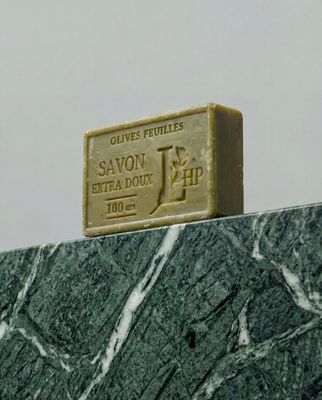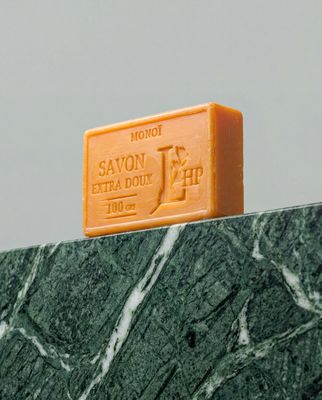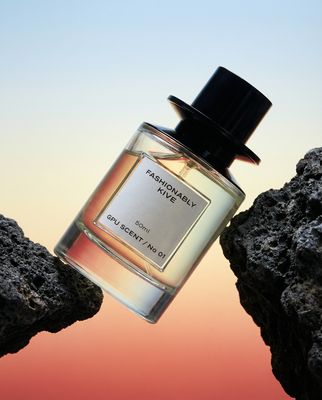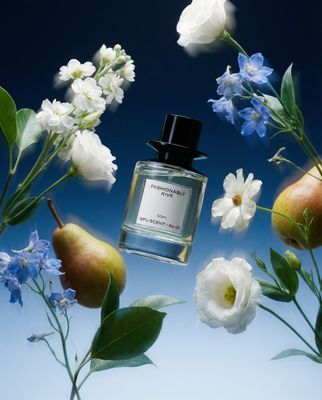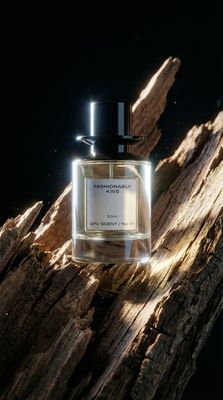Everything about the color Concrete
The meaning of the color concrete and color combinations to inspire your next creation.
Browse images in the color concrete
What color is concrete?
Concrete is a medium gray color with a hint of blue, reminiscent of urban landscapes and industrial materials. It evokes a sense of stability and modernity.
What are similar colors to concrete?
For variations within the same neutral and versatile spectrum as concrete, consider:
- Gray (#808080) shares concrete's neutral tone but is slightly darker, offering a more subdued, classic feel.
- Taupe (#483C32) provides a warmer, earthier undertone compared to concrete's cooler hue.
- Pewter (#96A8A1) is similar in its metallic sheen, offering a slightly more polished appearance.
- Greige (#BEBEBE) combines gray and beige, offering a softer, warmer alternative to concrete's cool tone.
What color goes with concrete?
To complement concrete's modern and neutral tones, consider pairing it with:
- Teal (#008080) adds a vibrant, cool contrast that enhances concrete's industrial vibe.
- Sage (#BCB88A) offers a soft, muted green that harmonizes with concrete's cool neutrality.
- Lavender (#E6E6FA) introduces a gentle, soothing hue that balances concrete's starkness.
- Peach (#FFE5B4) brings warmth and a touch of softness, creating a pleasing contrast with concrete.
- Mint (#98FF98) provides a fresh, crisp contrast that pairs well with concrete's modern aesthetic.
What color conflicts with concrete?
To avoid clashing with concrete's cool, neutral tone, consider avoiding:
- Beige (#F5F5DC) may appear too similar, lacking contrast and visual interest.
- Brown (#A52A2A) can create a heavy, overly earthy palette when paired with concrete.
- Yellow (#FFFF00) may clash with concrete's cool undertones, creating an unbalanced look.
- Orange (#FFA500) can overpower concrete's subtlety with its bold, warm intensity.
What does the color concrete represent?
Concrete represents strength, durability, and modernity, often associated with urban environments and industrial design. It symbolizes practicality and functionality. Psychologically, concrete can evoke feelings of stability and reliability, offering a sense of security. It is often perceived as a neutral backdrop that allows other colors to stand out. In art, photography, film, and design, concrete is used to convey a contemporary, minimalist aesthetic. It serves as a versatile base that complements a wide range of styles and themes.
What's the history of concrete?
The color concrete derives its name from the building material known for its strength and durability. Historically, concrete has been a staple in construction, symbolizing progress and modernity. The color captures the essence of urban landscapes and industrial environments, reflecting the material's widespread use in architecture and design. In modern times, concrete color is popular in interior design for its neutral, versatile qualities, often used to create sleek, minimalist spaces.
Color Variations
Shades
Tints
Hues
Color Palettes
Monochromatic
Complementary
Analogous
Triadic
Tetradic
Images with concrete color
Color Conversions
#95A5A6rgb(149, 165, 166)rgb(58%, 65%, 65%)10, 1, 0, 35hsl(184, 9%, 62%)184, 10, 65#95A5A667, -5, -233, 36, 4167, 6, 20410010101, 10100101, 10100110Color(red: 0.5843137254901961, green: 0.6470588235294118, blue: 0.6509803921568628)UIColor(red: 0.5843137254901961, green: 0.6470588235294118, blue: 0.6509803921568628, alpha: 1.0)Color(0xFF95A5A6)